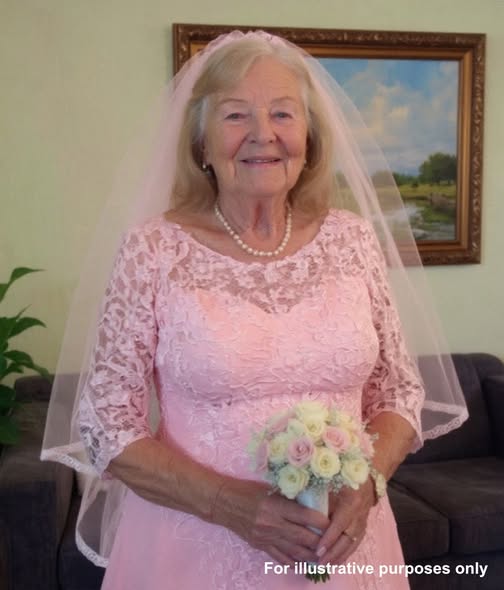Most people don’t think twice about
In many cases, those suddenly prominent veins are simply your body speaking a language it has always known, one that becomes easier to notice as time passes. As you age, your skin thins and loses some elasticity because collagen production slows and the underlying tissues shift. When the surface becomes more translucent, the intricate network beneath stands out in clearer detail. This change is natural, not a sudden transformation, but the gradual result of years of subtle adjustments in circulation and skin structure. Shifts in muscle tone can play a role as well. When muscles change through strength training or reduced activity, veins may appear more raised or more pronounced because the tissue supporting them adjusts. Weight loss can have a similar effect, especially when it happens quickly, since a reduction in subcutaneous fat creates less buffering between veins and the outer layers of skin.
Daily habits also shape how visible veins appear from hour to hour. Heat from weather or long, steamy showers causes blood vessels to widen. As circulation increases, veins move closer to the surface, creating vivid patterns that may fade once the body cools down again. Standing or sitting for long stretches can have similar effects because gravity encourages blood to pool in the limbs. After rest and elevation, those same veins often look calmer and lighter. Even a new workout routine can temporarily exaggerate the appearance of veins, especially when muscles swell after exertion and the body works harder to deliver oxygen to recovering tissue. In these moments, your veins are not misbehaving. They are responding to demand.
Despite how common these changes are, paying attention still matters. There is a difference between veins that simply look more visible and veins that signal strain or impaired circulation. When veins appear twisted, swollen, hot to the touch, or painful, it may reflect issues that need prompt evaluation. Redness, throbbing sensations, or swelling in the surrounding tissue can point to varicose veins that form when valves inside the vessels stop working efficiently. In more serious cases, symptoms like sudden warmth and tenderness may indicate a clot, particularly if the discomfort focuses on one area rather than a generalized sensation. These situations deserve medical supervision because untreated circulatory problems can progress quietly before revealing their full impact.
Being observant does not mean becoming anxious. It means learning to interpret patterns. One simple approach is to document what you see instead of relying on memory alone. Clear photographs taken over several weeks can help distinguish a temporary flare from a steady change. Notes about what you ate, how long you stood, or whether you exercised can provide context that reveals triggers rather than mysteries. When something feels unfamiliar or persistent, speaking with a healthcare professional turns concern into clarity. A trained eye can differentiate between normal variations and early signs of deeper issues, offering guidance before small problems grow larger.
Curiosity can be a calming force when paired with knowledge. By staying attentive without catastrophizing, you give yourself permission to respond thoughtfully rather than react emotionally. Visible veins can be reminders of age, movement, endurance, and the constant work your body performs beneath the surface. They can prompt appreciation instead of fear. When you approach these signals with care and awareness, you honor both the body’s messages and your own sense of peace.


